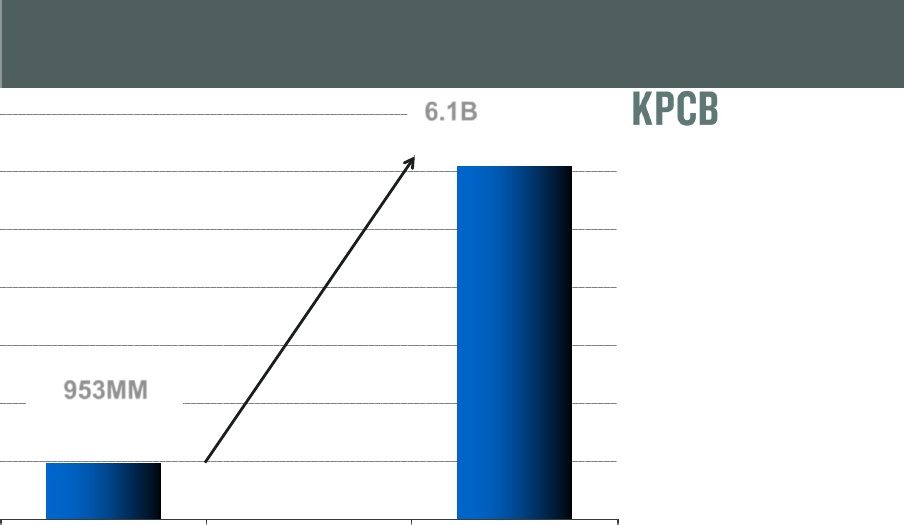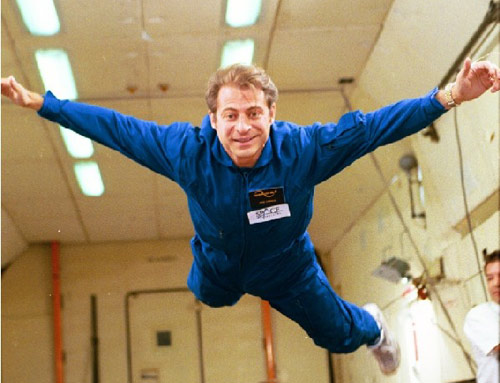Web 3.0 is Mobile, Are You In?
As I have discussed in many past blogs, we are seeing a major shift in how people access technology as more people move toward Smartphones. I see a world where business will be driven by the connectivity we all have with one another based on that little device that acts as an extended appendage for most of us.
 We all have an internal desire to be connected. As I spend time with my family in Rochester, NY, I listen to the conversations of my nieces and hear their infatuation with the latest phone technology and getting a new or upgraded phone. At this point in their lives, they consider that to be a major accomplishment. Why is that? I would say it has to do with the knowing that they can share and connect more with their friends and the world around them.
We all have an internal desire to be connected. As I spend time with my family in Rochester, NY, I listen to the conversations of my nieces and hear their infatuation with the latest phone technology and getting a new or upgraded phone. At this point in their lives, they consider that to be a major accomplishment. Why is that? I would say it has to do with the knowing that they can share and connect more with their friends and the world around them.
If you think of this from a business perspective, you’ll see the opportunity to connect with your customers as well as their friends, which will create more business prospects. You can connect with your sales people on the road to update them on all your products, services, and even competitor products, so they can be more effective. People working on projects in the field can update software, coordinate with others, and access so much more information to get the job done.
Web 3.0 is mobile! Web 1.0 was about connectivity with the likes of Netscape, AOL, Google, and Yahoo, and Web 2.0 was all about social media with Facebook, Linked In, and Twitter. The main elements of Web 3.0 will be:
Real Time
Location-Aware
Ubiquitous (everywhere at the same time)
Sensors
Smaller Screens
The key for the 3.0 mobile world is real value for customers and real commerce for merchants.
At Efficience, we are building an infrastructure to help companies get a mobile platform up for themselves along with a strategy to make money using their mobile app.
I’ll have more on real examples of how consumers and merchants can be mobile in order to get real value in the next blog.
How are you using mobile to reach new customers and realize more business?





